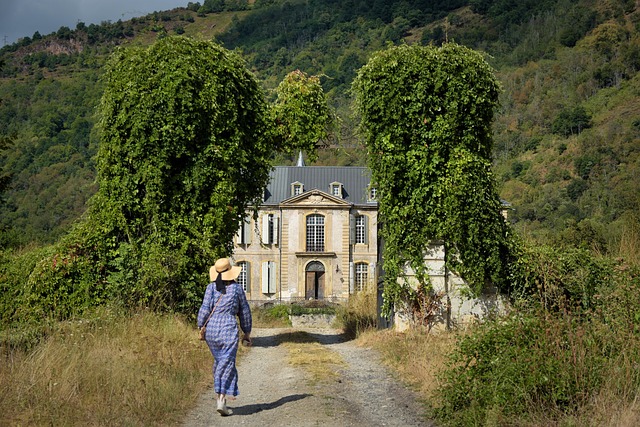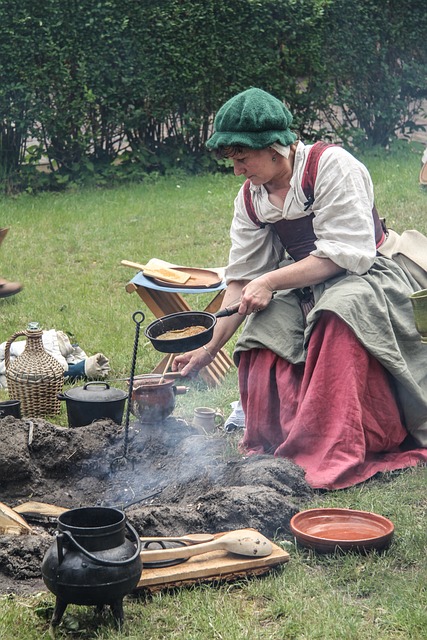In real estate, authenticity fosters meaningful connections between people and places by preserving unique historical character while integrating modern amenities. Balancing traditional heritage with contemporary design is crucial for property appeal in a competitive market. Strategic renovations focused on key areas like kitchens and bathrooms revitalize spaces without losing their charm, attracting residents who value both tradition and innovation. This approach combines the allure of history with modern living necessities, ensuring real estate developments maintain community character and stay relevant.
In today’s dynamic real estate market, striking a balance between modern updates and authentic design is crucial. This article explores two essential aspects of real estate: understanding the definition of authenticity and embracing contemporary enhancements. We delve into how staying true to architectural roots while incorporating innovative features can create future-proof spaces. Discover strategies for integrating tradition and innovation, ensuring properties remain desirable in an ever-evolving landscape. Explore the art of preserving history while catering to modern lifestyles.
Understanding Authenticity in Real Estate: Defining Our Roots

In the realm of real estate, authenticity is more than just a trend; it’s a foundational element that connects people to places. When we talk about authenticity in this context, we’re referring to the unique character and history that imbue a property or neighborhood. It’s about preserving the essence of a location while incorporating modern updates that cater to contemporary needs. For instance, renovating an historic home involves respecting its architectural integrity while adding amenities that enhance its livability without diluting its original charm.
This balance is crucial in maintaining a sense of place and community, ensuring that real estate remains not just a transaction but an experience rooted in the past, enriched by the present, and poised for the future. It’s about storytelling—letting each property’s history resonate while weaving new narratives through thoughtful design and updates. This approach not only preserves cultural heritage but also creates spaces that feel truly belonging, fostering a deeper connection between residents and their surroundings.
Embracing Modern Updates: Staying Relevant in a Changing Market

In today’s dynamic real estate market, embracing modern updates is essential for staying relevant and competitive. Properties that seamlessly blend contemporary design with authentic features are often the most sought-after. This approach not only caters to evolving buyer preferences but also enhances overall property value. Integrating cutting-edge amenities while preserving a space’s unique character allows for a distinct selling point, appealing to both current and prospective residents.
Real estate professionals must navigate this delicate balance, understanding that modern updates don’t necessarily equate to losing the essence of a location. Strategic renovations focused on key areas, such as kitchens and bathrooms, can revitalize spaces without compromising their historical or cultural significance. This strategy ensures properties remain desirable, attracting those who appreciate both tradition and innovation.
Striking Balance: Integrating Tradition and Innovation for Future-Proof Results

In the realm of real estate, the pursuit of balance is an art. As we navigate a rapidly evolving landscape, where modern updates and authentic heritage coexist, finding harmony becomes paramount. Striking this delicate balance ensures that properties remain relevant, appealing, and future-proof. Integrating tradition with innovation is not merely about blending old and new; it’s about understanding the essence of a place and enhancing it for today’s market without losing its soul.
Real estate professionals must embrace a strategic approach, carefully considering each renovation or development project. This involves preserving historical elements that define a community while incorporating contemporary features that cater to modern lifestyles. For instance, restoring an old building’s architectural grandeur and combining it with smart home technology creates a unique, desirable space. Such an approach not only attracts residents but also fosters a sense of belonging, ensuring the area retains its character while meeting the demands of a changing world.






